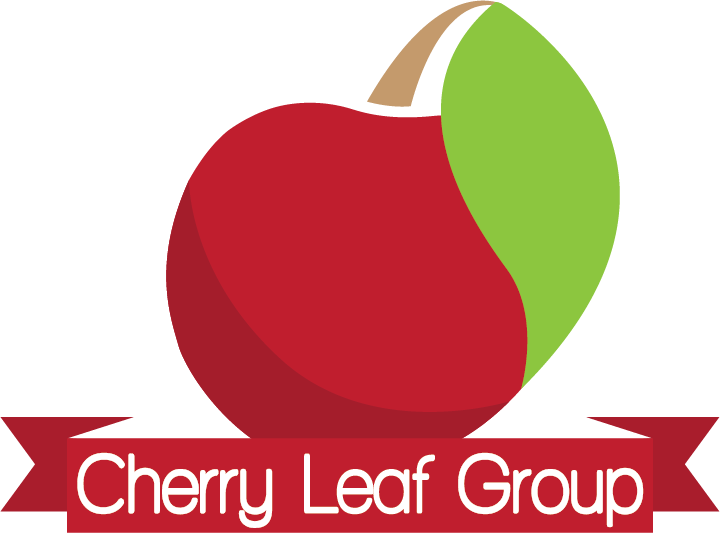7 Steps You Can Take Right Now To Improve SEO!
1. Build Your Audience With Valuable Content
They say content is king, but content for the sake of content can be obvious to readers. Quality, engaging, useful, shareable content is king! Quality over quantity applies again (as usual). Would you prefer 100 posts with 200 average page views or 10 posts with 20,000 average page views?
The easiest and most effective way to boost your website traffic is through blogging. Most of the web is still largely text based and the majority of media consumed by users are articles and blogs. Websites that have over 50+ pages gain the most traffic, especially from search engines, and the easiest way to attain this amount of pages is with a blog. Writing in depth content on niche topics is more effective than short, general, plagiarized posts. Blog posts give you an opportunity to write about a spectrum of different things targeted a range of relevant keywords. Just be sure not to go overboard with keywords and start 'stuffing' your posts with them. It may keep the search engines happy but your readers wont appreciate it.
Your content must remain relevant, engaging and beneficial to the person reading. Remember the goal here, you want to attract a targeted audience that consumes, engages and shares your content. A quality piece of content is more likely to be referred back to and shared with friends.
2. Don't Be Broad, Find A Niche
Don't be vague with your blogging topics. If you're a designer, you might think it would be a great idea to blog about everything to do with designing as a broad topic, but it may be worth your while to find a smaller niche to target a more specific audience. For example, 'web design for small businesses' is more specific, and you can guarantee you'll attract better targeted audience.
Keep an authoritative tone, you want to be influential and educational with your topic. Use the Google Keyword Planner to research the keywords most search in your niche.
3. Do Your Research, Competitors and Keywords
You need to know what keywords are being searched relevant to your niche.
Think like a person who's searching for your type of business on Google. What would they search exactly? Those words they will use are the key words and phrases you want to target.
Keep track of these important keywords in a spreadsheet and build content around it. You want to keep in mind that 'head terms' may be tricky to rank with if you have a lot of competition. It can be easier to rank for specific terms known as 'long tail' phrases such as 'How to improve your SEO' rather than just simply 'Search Engine Optimisation'. Think about both the head terms and the long tail phrases that relate to them.
Its important to always focus on the language your customers tend to use when searching for a business like yours.
4. Name Image Files and Add ALT Tags using Keywords
This is one of the most neglected yet simple aspect of SEO. The images you post on a blog are likely to be relevant to the written content. Google Search Spiders can't analyse images (yet) but they do consider the ALT tag and the image file name. Instead of 'blogpostbanner.jpeg' consider something descriptive 'bar-in-leigh-picture.jpeg'. Do the same with the ALT tag, (you'll need ALT tags anyway if the user's browser wont allow them to view the images).
5. Get Local!
If you're a local business with a physical location, its time to get local online. If you can use your physical address, Google can list your actual location with various business tools. If you own a pub in 'Leigh On Sea' then 'pubs in Leigh' will be an important keyphrase for you to use.
Google Places For Business is a tool which controls the information displayed in Google search and Google maps which shows information based on where you are located, opening hours and contact information. It will link to your website and there is a option to add your Google plus account.
A local Google+ page will help communicate with customers and create an engaging experience for them.
Make sure your Facebook page type is a local business/place so people can check in and leave reviews. This is another place where your location and map will show.
Local directories and review websites are a great way to gain more traffic and get your business listed where it will be found.
6. Ask for genuine reviews
Ask your customers to leave you a review on your Google+ Local page, Facebook, Yelp, or other directories you're listed on. Make it easy for them, give them a choice to review on the site they already know and use.
Don't feel pressured to offer an incentive for a review. This may affect their response, they could writing something plain and generic just to get the reward rather than writing something truthful and genuinely helpful for your business.
7. Integrate Social Media Sites and Add Share Options
Install buttons for all of your major social media sites, such as Facebook, Twitter and LinkedIn, onto your website. If you have a blog, make sure each blog post can be easily shared using social sharing buttons at the top and bottom on the post. When readers start spreading the word about your content onto other websites, it will lead to quality backlinks and help with your SEO.
.png)












0 comments: